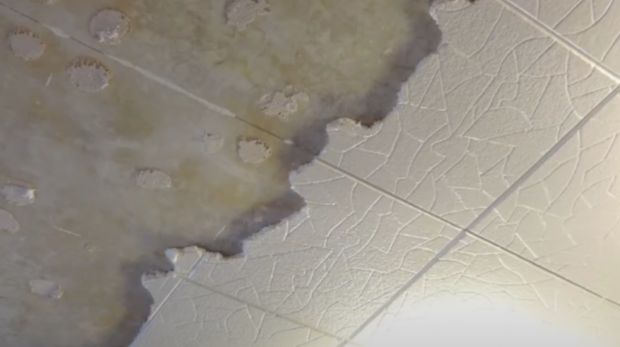Garage Makeovers: How to Turn Storage Into Added Value
For many homeowners, the garage often becomes a catch-all space for boxes, unused furniture, or old sports equipment. For others, it’s simply where the cars are parked. What is often overlooked is the significant potential this space holds for enhanc ...










